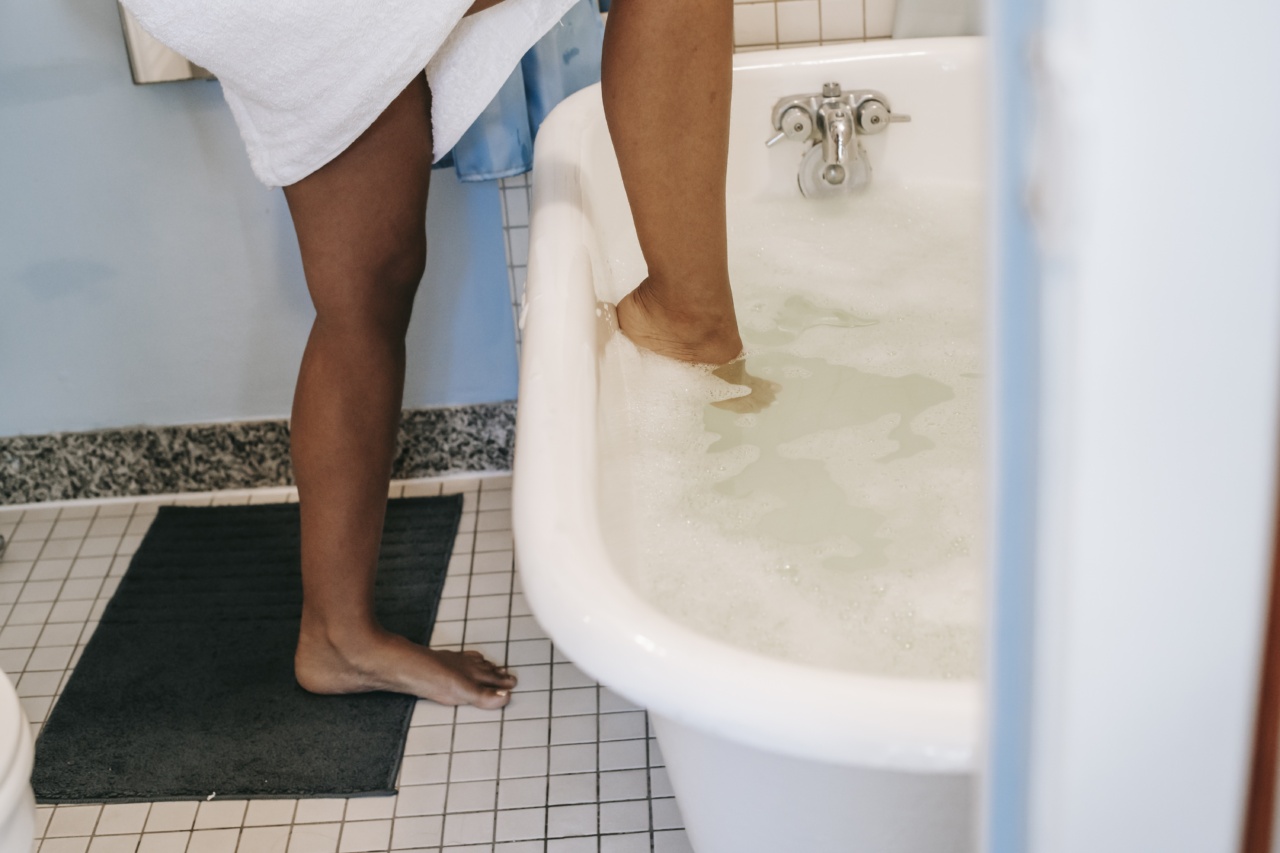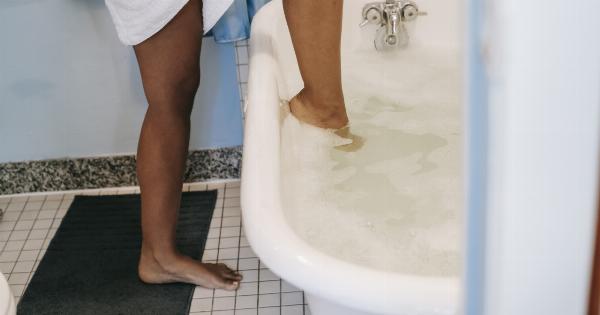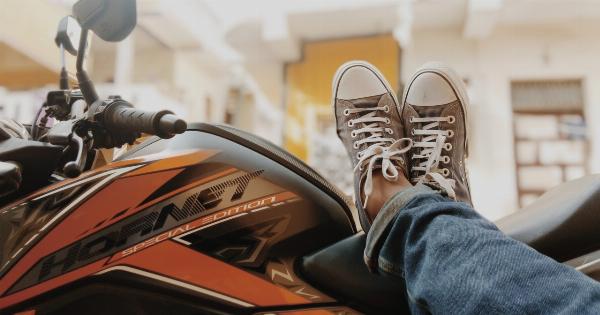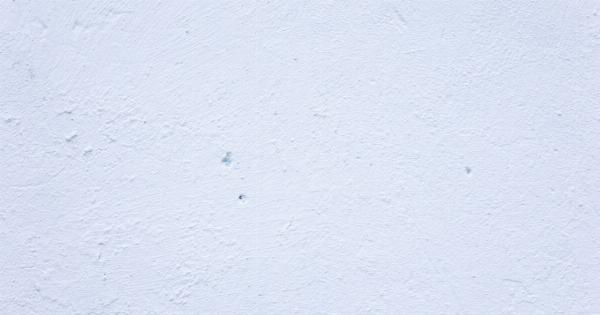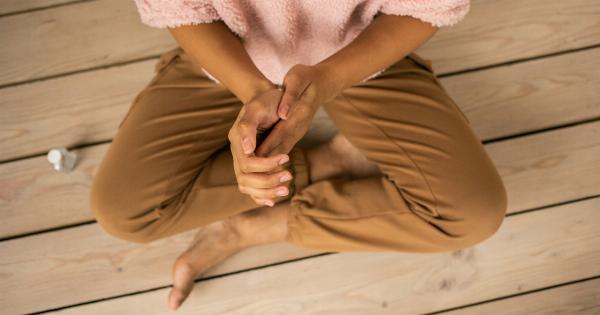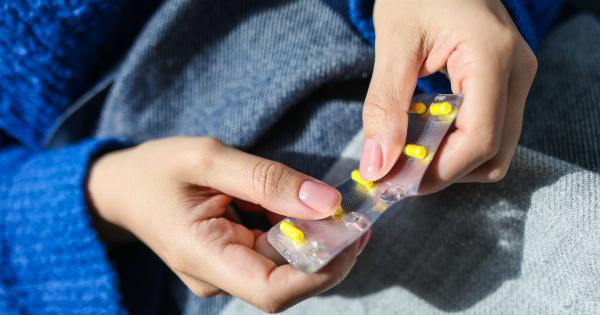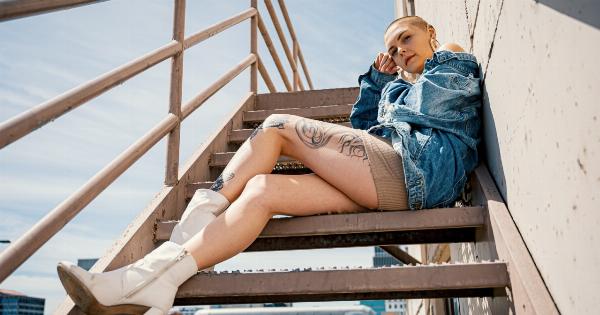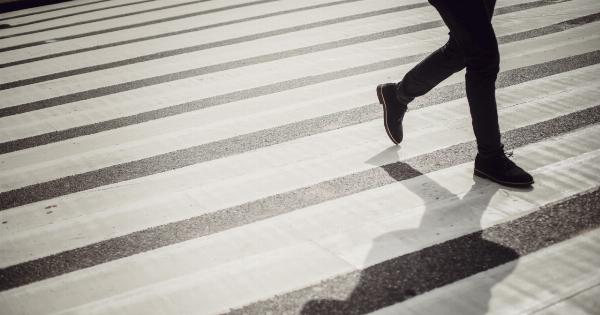Blisters are a common skin problem that can occur on any part of the body, including the legs. They are small, fluid-filled pockets that form due to friction, heat, or pressure on the skin.
Blisters on the legs can be caused by various factors, such as ill-fitting shoes, excessive walking or running, or even insect bites.
If you have a blister on your leg, it is essential to treat it promptly to prevent infection and promote faster healing. Here are several effective remedies that you can try:.
1. Leave the Blister Intact
Although it may be tempting to pop a blister, it is best to leave it intact whenever possible. The blister acts as a natural barrier against bacteria and reduces the risk of infection.
However, if the blister is large, painful, or likely to burst on its own, you may need to drain it carefully to alleviate discomfort.
2. Cleanse the Blister
Prior to draining a blister, it is crucial to clean the area to minimize the risk of infection. Wash your hands thoroughly with soap and warm water, and then clean the blister and its surrounding area with mild soap and water.
Gently pat it dry with a clean towel.
3. Drain the Blister
If you need to drain a blister, it is essential to do it safely. Sterilize a needle or pin by cleaning it with rubbing alcohol, and then use it to make a small hole in the edge of the blister.
Allow the fluid to drain, but keep the overlying skin intact to protect the raw area underneath. Apply an antiseptic ointment and cover the blister with a clean bandage to prevent infection.
4. Apply an Antibiotic Ointment
After cleaning and draining the blister, apply a thin layer of antibiotic ointment to the area. This will prevent infection and promote healing.
Be sure to use a clean cotton swab or gauze pad to apply the ointment to avoid introducing any additional bacteria.
5. Use a Moleskin Pad
If the blister is caused by friction from shoes or excessive walking, using a moleskin pad can help protect it and alleviate discomfort. Cut a piece of moleskin to the size of the blister and place it over the area.
The moleskin will act as a cushion and reduce friction, allowing the blister to heal more quickly.
6. Avoid Picking or Peeling the Skin
It is essential to resist the urge to pick or peel the skin of a blister. This can delay healing and increase the risk of infection.
If the loose skin is causing discomfort or catching on clothing, gently trim it with sterilized scissors and apply a new bandage.
7. Keep the Blister Clean and Dry
Maintaining proper hygiene is crucial to prevent infection. Keep the blister clean by gently washing it with mild soap and water daily. After washing, pat it dry with a clean towel or allow it to air dry.
Avoid covering the blister with airtight or non-breathable materials, as this can create a moist environment that promotes bacterial growth.
8. Wear Proper Footwear
To prevent blisters on your legs, it is essential to wear properly-fitting footwear. Ill-fitting shoes can cause friction and pressure, leading to the formation of blisters.
Make sure your shoes provide enough room for your toes to move comfortably and avoid wearing new shoes for long periods until they are properly broken in.
9. Use Padding or Bandages
If you are prone to developing blisters, consider using padding or bandages to protect vulnerable areas.
There are various types of padding available, such as silicone gel pads or adhesive moleskin strips, that can reduce friction and prevent blister formation.
10. Watch for Signs of Infection
While most blisters heal on their own without complications, it is essential to monitor them for signs of infection. If you notice increased redness, warmth, pain, swelling, or drainage of pus from the blister, seek medical attention.
These can be signs of an infected blister that may require antibiotics or other treatments.
Treating blisters on your legs promptly and efficiently is crucial for a quick recovery. By following these tips, you can promote healing, reduce discomfort, and prevent complications.
Remember to consult a healthcare professional if you have concerns about a blister or if it fails to improve after a reasonable amount of time.
